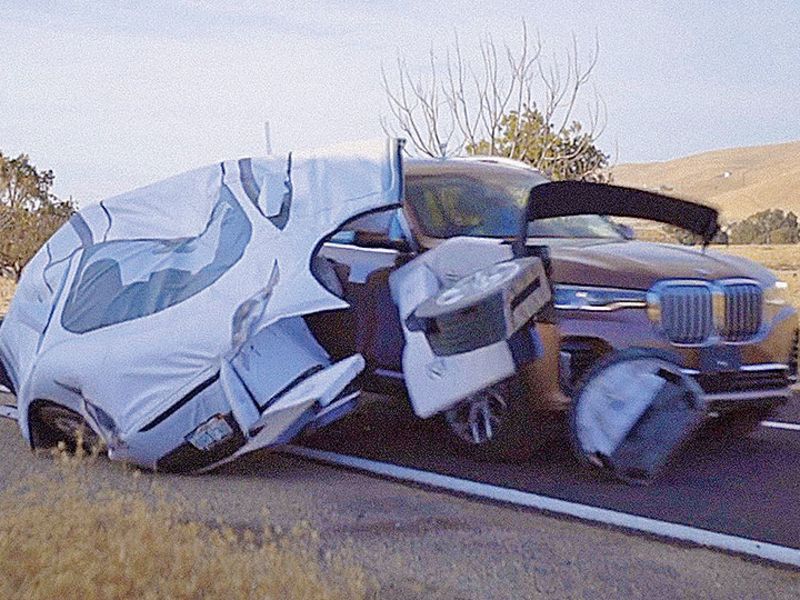
Advanced driver-assistance systems such as adaptive cruise control are less likely to be in use on curvy roads than on straightaways, according to a study released this summer by the Insurance Institute for Highway Safety.
It is a concerning finding since the crashes that such systems are meant to limit are more likely to happen on curvier roads than on straight ones, said Wen Hu, senior research transportation engineer for IIHS.
“The safety benefit would be maximized if drivers could use [the systems] or these systems could work on these sharper curves,” Hu said.
The study drew on test data from the Advanced Vehicle Technology Consortium at the Massachusetts Institute of Technology based on how 39 drivers used 2016 Land Rover Range Rover Evoque and 2017 Volvo S90 vehicles over the course of four weeks. Both vehicles were equipped with adaptive cruise control, and the Volvos had a system that combines adaptive cruise with lane centering.
IIHS researchers could not determine whether drivers deactivated the systems as they approached a curve or if the systems were deactivated automatically.
But researchers found that the Evoque drivers were 72 percent less likely to use adaptive cruise control on sharp curves. The same was true for 75 percent of those driving the S90.
Various factors could be at play when a system turns off on a curvy road, Hu said. The system could shut down because of speeds in excess of 87 mph or because the system lost track of lane lines as a result of poor or missing lane markings, among other possibilities.
Drivers could have turned the system off, perhaps because they are not comfortable with it on sharp curves or because they pressed the brake pedal to slow down, which would turn off adaptive cruise control. Hu noted, however, that IIHS did not have information about why the drivers in its study turned off the system.
The study is one of several released in recent months showing the ways in which advanced driver-assistance systems can perform worse in certain road conditions, either because of the systems themselves or drivers not being comfortable with them.
A study released in October by AAA showed that auto emergency braking systems in vehicles were sometimes found to not recognize vehicles ahead in simulated rainfall, while lane-keeping systems would also perform worse.
That report came after another AAA study in 2020 that analyzed more than 4,000 miles of “real-world driving” found that vehicles equipped with Level 2 advanced driver-assistance systems experienced some type of issue every 8 miles. Systems tested by AAA included General Motors’ Super Cruise, Ford Motor Co.’s Co-Pilot360 and Kia’s Highway Driving Assist.
AAA said 73 percent of issues stemmed from lane centering, including vehicles not staying in their lane or coming too close to other vehicles or guardrails.
While testing the vehicles on closed courses, AAA researchers found that they typically performed well but struggled to adapt to a simulated disabled vehicle on the side of the road, with a collision occurring about two-thirds of the time at an average impact speed of 25 mph. AAA also found that the systems “often disengage with little notice,” creating a “dangerous scenario if a driver has become disengaged” from driving.
Matt Lum, automotive technical engineer at AAA, said that while AAA remains “very supportive of ADAS in general” because of the safety benefits that can be achieved with such systems, he urged automakers to adopt a more “conservative approach” in rolling out advanced driver-assistance systems in their vehicle lineups.
“I would suggest that automakers really, really consider the performance of these systems and make sure that they can test them in as many scenarios as possible before trickling them down through their model line,” he said. “If consumers don’t trust ADAS benefits and turn those systems off completely, then we’re losing a lot of safety benefits in totality.”
Reuters contributed to this report.

